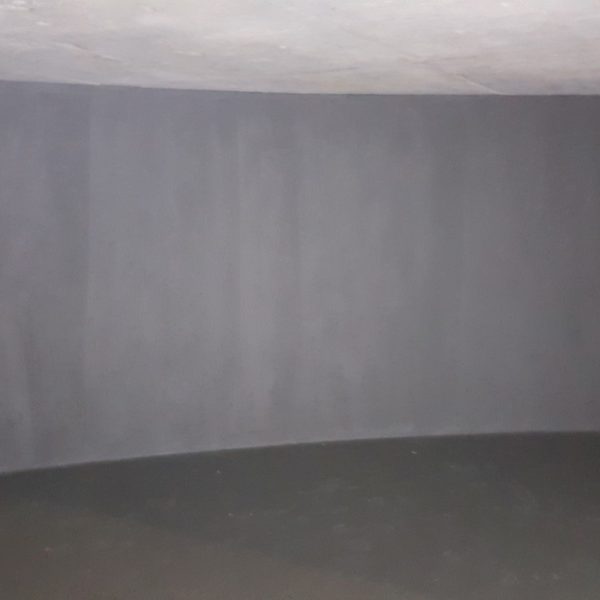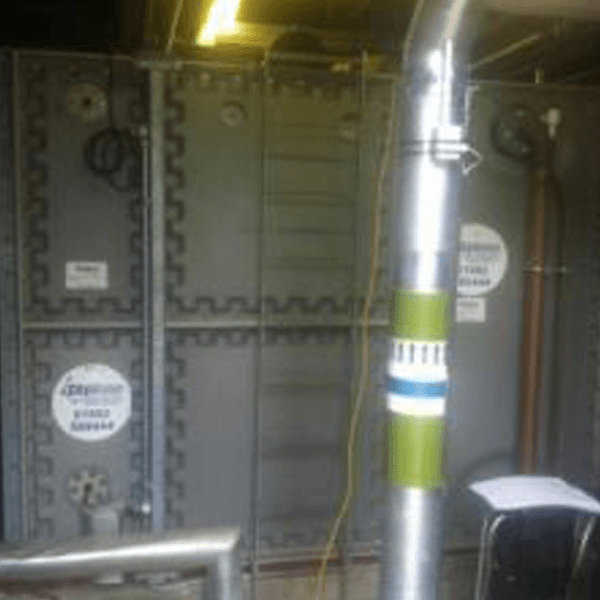Glass reinforced plastic (GRP) or fiberglass tanks have been used extensively to replace or in place of steel tanks for both the storage of drinking water and chemicals. The sectional GRP tanks which have been used for the storage of water can suffer from the following problems;
- Leaking through failed sealant/mastic
- Osmosis – the absorption of water into the tank panel make up
- Blistering
- Cracking
GRP Lining
All of the above can be resolved by the application of a suitable tank lining if correctly applied by experienced contractors such as ourselves. From our 30 years lining tanks we have found the following when relining fiberglass tanks.
As with steel and concrete tanks correct surface preparation is essential when lining fiberglass tanks. More aggressive forms of surface preparation such as abrasive blasting and high pressure water jetting are not suitable as they will damage the tank structure. Instead more delicate preparation is required in the form of mechanically sanding or for larger tanks sponge blasting which offers benefits in terms of dust free working and not damaging the tank structure.
It is important to also check that all bolts and fixings are tight as per the tank manufacturers recommendations as often a leaking tank can be as a result of loose nuts and bolts.
When selecting a tank lining material for glass reinforced plastic tanks it is important to consider the inherent flexing/movement that is present in such structures. Therefore a flexible tank lining material must be used which can be in the form of polyurea, polyurethane or flexible epoxies. We would not recommend using conventional epoxy coatings or fiberglass linings as these materials are rigid and not able to move with the tank structure, leading to cracking and splitting.
Due to the non-conductive nature of GRP glass reinforced plastic it is not possible to spark test tank linings applied to them. Therefore an extremely thorough visual inspection is required following the tank lining application.



